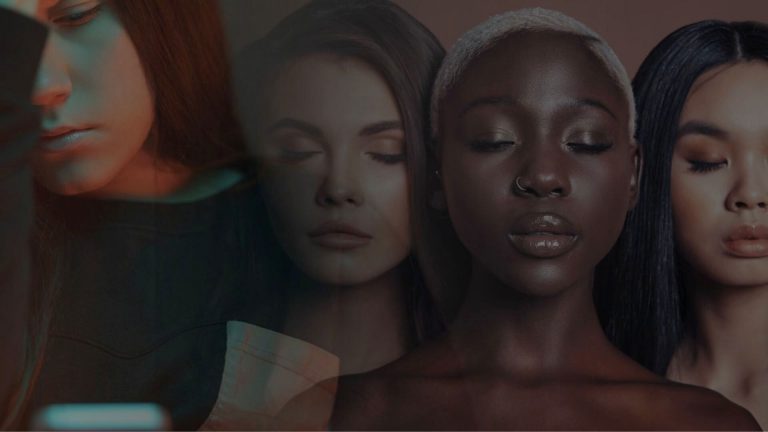In today’s digital age, the conversation about aging has changed dramatically, especially among Generation Z, those born between 1997 and 2013. With platforms like TikTok amplifying concerns about premature aging, this generation is scrutinizing their appearance and lifestyle choices more than ever. Influencer Jordan Howlett’s viral post questioning whether Gen Z is aging faster than Millennials has sparked widespread debate. But will this increased awareness lead to increased interest in life insurance, or is it just a superficial concern?
Exploring Gen Z’s perception of accelerated aging – the influence of social media
Gen Z, who grew up in the digital age, are inherently sensitive to body changes and self-image, primarily due to constant exposure to social media. This environment, filled with carefully curated content and beauty filters, can increase anxiety about aging. Constant comparison with idealized images may increase sensitivity to signs of aging, making anti-aging solutions more appealing.
Life insurance: A generational perspective
Gen Z and Millennials’ perceptions of aging directly impact how they view life insurance. Historically, life insurance has been a priority for older generations who value asset preservation and legacy. But Gen Z is expected to live to be over 100 years old, and longevity has changed the narrative. Millennials are often juggling student loans and a volatile job market, and they tend to delay purchasing life insurance. However, statistics show that 39% of consumers plan to purchase life insurance in the next year, including 50% of millennials, clearly demonstrating growing awareness and need.
Policies popular with the younger generation
When considering life insurance options, term insurance is popular among young people. Its affordability and flexibility make it an attractive option for Gen Z and Millennials who are hesitant to commit to a permanent policy. In 2023, term insurance premiums increased by 5% and gained 19% of the market share. This is proof of its growing popularity. Conversely, whole life insurance remains prominent at 39% of the market, making it attractive to those looking for long-term investment returns.
Impact of industry rates and lifestyle choices
Gen Z and Millennials are becoming more aware of lifestyle factors that impact their health, such as stress and vaping, and the insurance industry is responding with nuanced pricing models. Life insurance premiums are affected by your age, health, and lifestyle choices. Therefore, habits like vaping can increase your insurance premiums. Insurers are adapting to these trends and offering customized insurance that reflects individual risk profiles. This adaptability is critical as younger generations redefine standards of health and wellness, impacting insurance affordability and accessibility.
Digital natives and changes in purchasing behavior
Gen Z and Millennials are both digital natives who prefer online platforms for research and purchasing decisions. This change will drive the life insurance industry towards digital transformation, with internet sales increasing to 29% by 2020. The convenience of online tools and virtual consultations aligns with the expectations of tech-savvy consumers who demand seamless and transparent interactions. Understanding and leveraging these digital habits is essential for insurers to effectively engage with this generation.
The future of life insurance that meets diverse needs
Considering the rapid advances in medicine and predictions that younger generations may enjoy lifespans of 100 years or more, it has become increasingly important to consider the benefits of a whole life insurance plan. Not only do these policies provide lifelong protection, they also have the benefit of locking in lower premiums at a younger age. With people expected to live longer, whole life insurance has emerged as a strategic financial tool and is likely to become even more popular in the near future.


